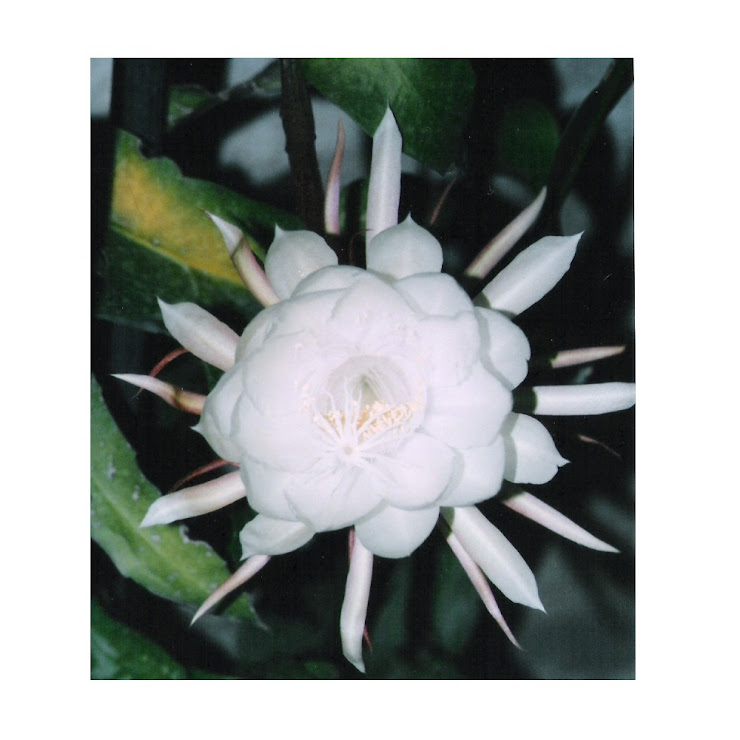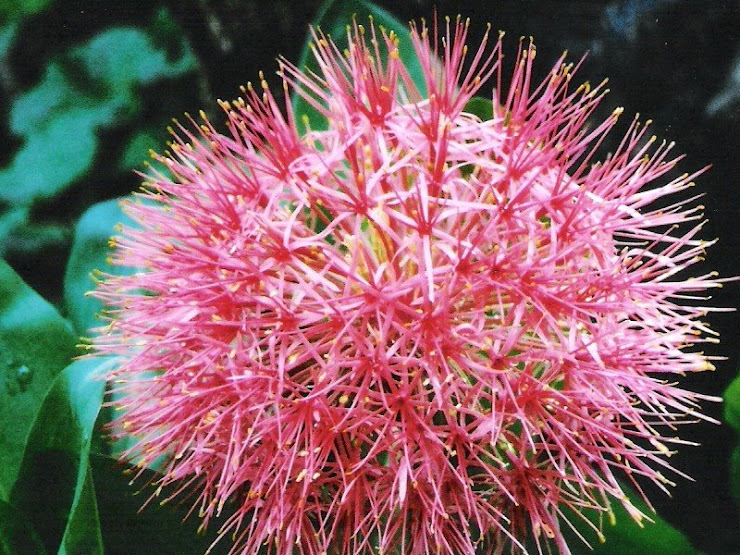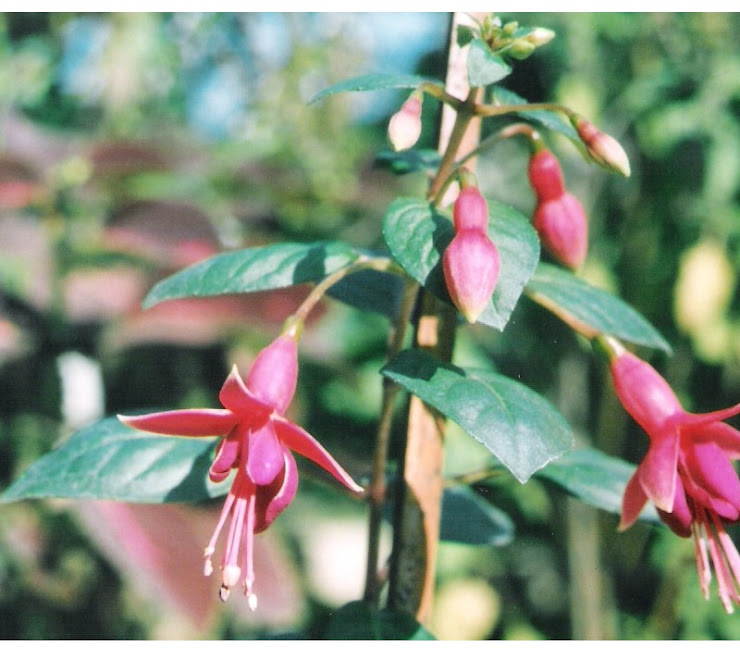 |
| Agave Shoji Rajijin |
AGAVES IN YOUR GARDEN
Agaves are succulents that store water and
nutrients in their leaves. They have fibrous, shallow roots. Although well
adapted to desert climates, they require supplemental water and some shade,
especially when the plants are small. Some species are also susceptible to
frost.
Agaves in the
landscape provide unique design aspects, differing in leaf texture and color as
well as having an interesting rosette shape. Different species of agaves offer
a wide range of sizes. Their varieties of color add highlights and contrast to
any landscape and thus they are excellent accent plants. They enhance native
and semi-tropical gardens and can be used in formal or natural designs. Larger
species create focal points and many can be showcased specimen plants. Smaller sizes
can be used effectively as container plants.
SOIL: Agaves like a well-drained soil. A
mixture of equal parts potting soil, native soil, and pumice should be used for
container planting. When transplanting agaves from pots to the ground, care
should be used to not disturb the roots. Typically, no soil amendment is
necessary. Place the plants in the ground so that the soil line is the same as
the original soil line in the container. It is very important that the plant
not be planted deeper than its previous level.
WATER: When planted in the ground, agaves
can be placed on a drip line that will deliver 1 gallon of water per hour. In
the summer months or when temperatures are above 100 degrees, agaves benefit
with 2 to 4 hours of drip irrigation once a week (depending on plant size and
soil type). During the winter months irrigation should be reduced to once per
month. After winter or monsoon rains watering should be adjusted accordingly.
LIGHT: Agaves that are small in size or
are young plants do better with filtered sun. Most mature specimens can
tolerate and thrive in full sun provided they have the supplemental water
mentioned above.
FERTILIZATION: Agaves have two growing seasons:
spring and fall. A complete, balanced fertilizer can be applied monthly during
those seasons. A foliar, systemic 20-20-20 fertilizer would be beneficial to
the growth of healthy plants.
PESTS AND
DISEASES:
Snout
weevil (Scyphophorus
acupunctatus): Agaves and yuccas are prone to infestation of agave snout
weevil. This beetle lays her eggs between the leaves of the plant. The eggs
cycle into the grub stage that eats the plant tissue. When the plant tissue is
exposed it becomes susceptible to bacteria. The bacteria eventually will
destroy the plant. You can treat the weevil with an insecticide for both the
beetle and the grub.
Some Tips
Place your agave in a container that
has drainage holes in the bottom. Fill the container with a very well-draining
potting mix, such as a commercial mix made for cacti and succulent plants
that's usually a mixture of potting soil, sand and perlite. Alternatively, you
can use a mix of 1 part sterile potting soil and 1 part coarse sand. Pot the
agave at the same depth as it was planted in the nursery container.
Position your agave in bright light,
such as in a sunny window. You can use artificial lighting by positioning a
white fluorescent tube 6 to 12 inches above the agave plant, keeping the light
turned on for 14 to 16 hours each day.
Maintain air temperatures around your
potted agave of 15 to 20 degrees C during the day and at least 12 degrees at
night. Agaves can thrive in much hotter temperatures, up to 40 degrees or more
during the daytime, but hotter conditions can promote diseases.
Water your potted agave thoroughly only
when the potting mix dries out completely. Provide water until it begins to
drain from the bottom of the pot. During winter, you should water your agave
only right before the plant is about to wither, usually once every two or three
weeks.
Feed your agave with a liquid
houseplant fertilizer at half the normal dosage rate once in late spring and
again in summer. Ensure that the fertilizer contains more phosphorous than
nitrogen by looking at the "nitrogen-phosphorous-potassium" or NPK
ratio on the label.
You can set your potted agave outdoors
during the warmer spring and summer months, placing the plant in a partially
shaded location at first and then moving it into a sunnier spot. Move the agave
back indoors during the cooler months when daytime temperatures fall below 18 degrees
and night time temperatures are lower than 12 degrees.
Propagate your agave by taking stem
cuttings or leaf cuttings or by seeds or plant divisions. Leaf cuttings are
most commonly used for propagating agaves. Air-dry the cut leaf and then insert
the severed end of the leaf into a pot filled with sterile, moistened sand.
Water the cutting only when the sand dries out completely and then transplant
the leaf cutting into the coarse sand and potting soil mixture after it forms
roots.
Avoid overwatering and over fertilizing
your potted agave, particularly during the winter. When you water your agave,
don't allow the plant to sit in pooled water. After about one hour, discard any
water that's in the drainage dish. Don't fertilize the agave during winter
 |
| Agave Attitude |
 |
| Agave Parryi |
 |
| Agave Pumila |
 |
| Agave Patonii |







No comments:
Post a Comment